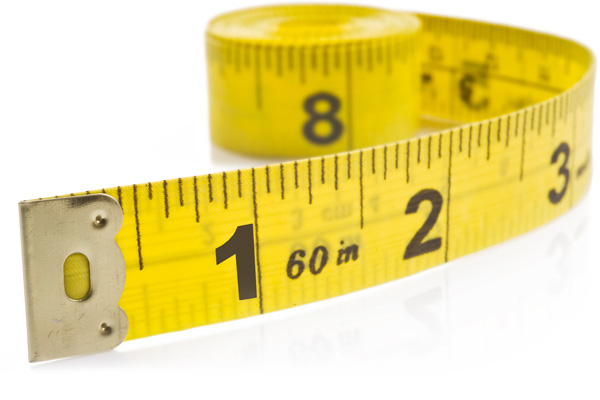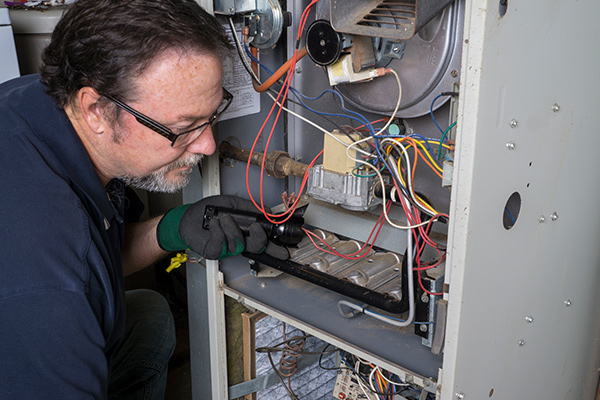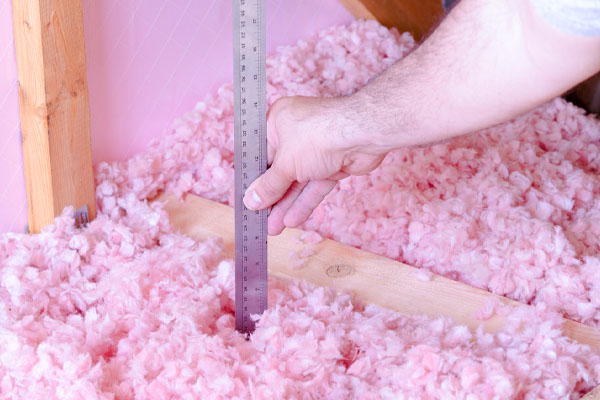Why Is Furnace Sizing So Important?
 Big furnaces are impressive, but they are not always the best heating system option. The most powerful equipment may yield sub-optimal results if installed in unsuitable spaces. Therefore, you must focus on matching the needs of your home rather than aiming for the largest available size. Furnace selection is a complex process with multiple considerations. Get the help of an experienced HVAC contractor for scientific analysis and guaranteed compatibility. This article discusses why furnace sizing is important.
Big furnaces are impressive, but they are not always the best heating system option. The most powerful equipment may yield sub-optimal results if installed in unsuitable spaces. Therefore, you must focus on matching the needs of your home rather than aiming for the largest available size. Furnace selection is a complex process with multiple considerations. Get the help of an experienced HVAC contractor for scientific analysis and guaranteed compatibility. This article discusses why furnace sizing is important.
Why Is Furnace Sizing So Important?
Contents
A lot of people get it wrong. They pick furnaces using questionable criteria. Without proper guidance, they often overshoot or undershoot the mark and suffer the negative consequences of their inexperience. The farther the chosen unit is from the ideal size, the more terrible the effects will be. Instead of helping the family, it may cause physical and financial stress. Even slight gaps may trigger irritation. Get it right from the start to enjoy decades of stress-free ownership. Keep reading to explore the drawbacks of inaccurate furnace sizing and helpful tips on how to pick the right-sized furnace for your home.
What’s Wrong with Oversized or Undersized Furnaces?
1. Lack Of Comfort

An undersized furnace will not have enough power to make the home warm. It is particularly apparent on the coldest days of the year. The heating system could be on full blast, yet you still need to hide under layers of clothes and blankets. It could run the whole day and never achieve your desired temperature.
Meanwhile, an oversized furnace will create its own problem. It will make some areas warm up too fast, tricking the thermostat into thinking that the whole house is fine. The furnace will shut off even if other rooms are still quite cold. Affected members of the family might complain about the uneven temperatures and poor home comfort.
2. Inefficient Furnace
Furnace energy consumption fluctuates depending on its activity level. It tends to use up more energy during the start-up and shut-down phases. Therefore, you want to minimize these. It is during the middle portion, when it reaches a steady state, that the equipment achieves peak efficiency.
As discussed, excessively large furnaces tend to turn on and shut off quickly. This phenomenon is called “short cycling.” It happens repeatedly throughout the day, consuming more energy than a properly sized machine. It never quite gets into a steady rhythm. Small units tend to overwork to heat a home, also causing extreme wear and tear. Heating systems are responsible for most of the energy requirements of US households. Incorrect sizing just makes it worse for families and the environment.
3. High Energy Costs
Everything has a price. If you consume more energy, you can expect to pay higher monthly bills. It is true whether your furnace is using natural gas, propane, or heating oil. A furnace that is too big or small will make you pay more for fuel than you really should. The difference could be thousands of dollars a year. Imagine spending this much in excess without getting anything good in return. Instead of feeling comfortable, you get uneven heating in your home. Avoid wasteful spending through accurate furnace sizing. Ask an expert to compute the right furnace size.
4. Short HVAC Lifespan

Short cycling is not just a bane of comfort and efficiency. It also wreaks havoc on the lifespan of the furnace and its constituent parts. Rapidly turning on and off wears out the components faster than usual. Instead of squeezing 20 years or more of service from the heating system, you might only get a decade or less. The same holds true for undersized furnaces.
That means you will have to shop for another furnace sooner than expected and spend thousands on the new installation. It is not a trivial investment. Spend your money wisely on accurate professional assessment for smart selection. Experienced HVAC technicians will help you find the perfect match for your home.
How Proper Furnace Size Is Calculated
1. Load Calculation
Every house has its heating requirements. The load is influenced by the floor area, layout, siding material, window type, insulation level, orientation, and many more. Manual load calculation is long and complicated, so experts often use advanced software to plug in the values and generate immediate results.
Old-fashioned contractors may rely on simple rules to get their numbers, but this often leads to inaccurate assessments. Be sure to hire HVAC professionals that use modern techniques for exact figures that you can trust. Do this the next time you need to replace your heating system with a new furnace.
2. BTUs
Are you on the fence about furnace replacement? Would you like to study your options before calling the pros? If you want a quick estimate, you can use two variables: the square footage of your home and the heating factor in your area. Just multiply the two to get a rough figure.
Indoor heating must respond to outdoor temperatures. If you live in a place near the equator, you can expect mostly high temperatures all year. As you move up in latitude, the region gets colder, and the load on the heating system becomes heavier. For example, California has a heating factor between 30 to 35 BTUs, while Minnesota has 50 to 60 BTUs.
3. Insulation

You cannot control the regional climate, but you have the power to insulate your home. A high level of insulation reduces the influence of external factors on indoor temperature. Place your choice of materials across vulnerable areas such as the attic, ceilings, floors, and external walls. You might also insulate your basement or crawlspaces. Consider sealing the gaps along your doors and windows. If you do this well, you can get a furnace below the expected load and do just fine. For example, a 1,000 square feet home in Minnesota would usually need a 60,000-BTU furnace. However, your intervention with insulation may reduce the load significantly.
Conclusion
It is all about compatibility. Aim for a furnace size that suits your home, not the biggest unit you can find on the market. Ask a professional HVAC contractor to perform advanced load calculations for accurate results. As rewards for your diligence, you get a comfortable home, efficient energy consumption, significant energy savings, and a longer equipment lifespan.
Call McAllister Energy For Superior HVAC Solutions

McAllister Energy offers high-quality HVAC services in Camden County, New Jersey. We hire only the best, professionally certified technicians who conduct superior heating and cooling services. Some of our HVAC services include HVAC maintenance, heating and cooling installations, repairs, ductless systems, energy audits, and much more. All our techs provide accurate HVAC services on time, every time.
Our company guarantees affordable heating and cooling service rates. Our maintenance services can increase your home’s comfort, energy efficiency, and cost-effectiveness. We can also provide you with a highly energy-efficient HVAC replacement system that fits your budget. Your satisfaction is important to us, so all our work comes with a guarantee. Book a service appointment with McAllister Energy today. We provide free, in-home estimates.
You can click here to contact us now or call us at (856) 665-4545 to find out more! Click the link to view our service area.